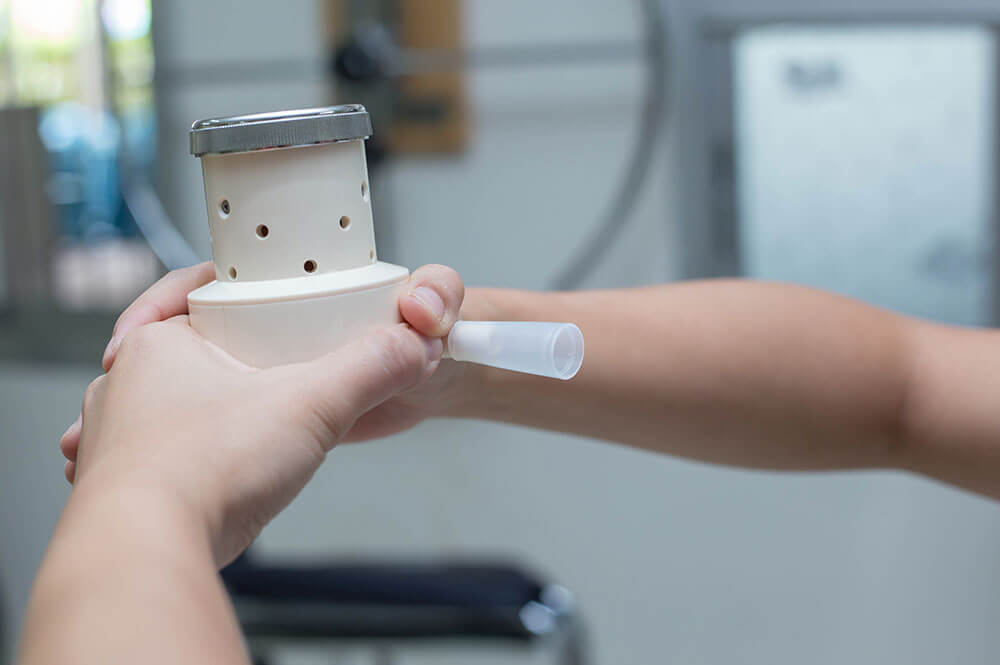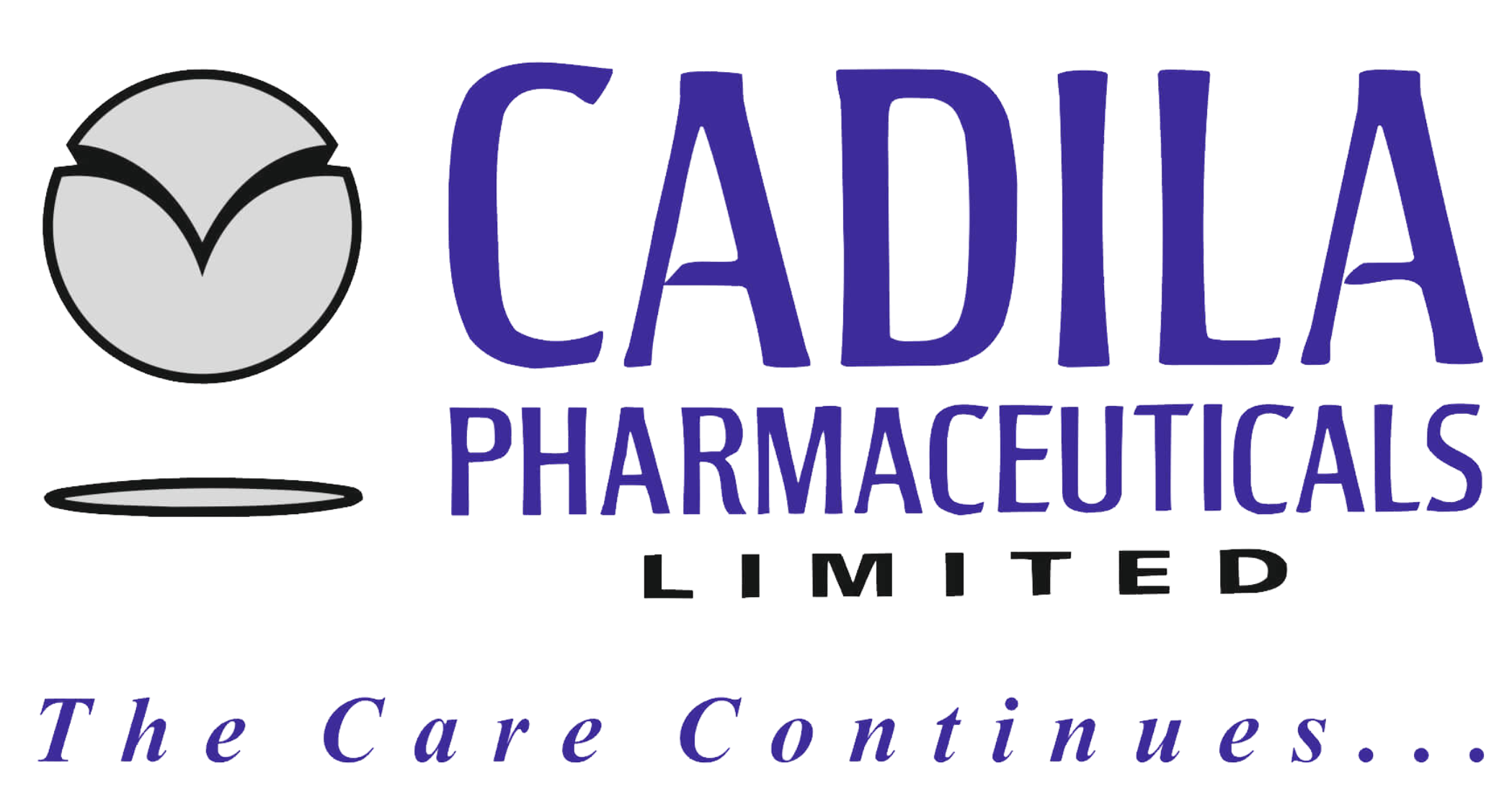

Pulmonary Rehabilitation
27th Feb, 2019
Restoration of the individual to the fullest medical, mental, emotional, social and vocational potential of which the person is capable of is rehabilitation.It is amulti-speciality approach for patients suffering from chronic disabling disease. Rehabilitation is a multi-disciplinary treatment that combines physical therapy with an educational process directed at stabilizing pulmonary diseases and improving functional status.
Though the definitions are primarily applied for patients suffering from COPD (Chronic Obstructive Pulmonary Disease) they are also applicable for patients suffering from other chronic respiratory disorders like bronchiectasis, poorly controlled asthma, interstitial lung disease, pulmonary hypertension and obstructive apnoea syndrome. Lungs involved in neuro muscular diseases and other types of respiratory failures also benefit from the said program.
Patient selection
There is no specific inclusion criteria for including patients in the program. The lung functions correlate poorly to the symptoms of the disease and hence patients with dyspnoea or any other respiratory symptoms leading to reduced exercise tolerance and restricted activity are candidates for therapy. Patient must be offered maximum possible pharmaco therapy for the disease state before enrolling into the program. It is now acceptable to not wait till patients reach the stage of advanced lung disease. In fact for a disease like COPD which is known to be progressive, rehabilitation process must start as early as possible.
Components of Pulmonary Rehabilitation
- Smoking cessation
- Nutrition
- Chest physio therapy
- Postural drainage exercises
- Humidification of airways
- Emotional support
- Occupational therapy
After taking a detailed history, various tests are done to confirm the disease and judge its severity. The patientalong with his/her family is motivated to enroll into the programand psychiatric and nutritional counselling is done. After that the goals are set.
Goals
The patient has to be apprised of the chronic progressive disease state and the consequences of learning to live with some limitations and disability. The goal of the rehabilitation is to improve the health status and pulmonary reserve to a certain extent.
The components of the program are individualized based on the assessment of the patients taking into consideration physical and emotional deficits, knowledge of the disease, psychological functioning, nutritional status and the patient’s background. It is an ongoing process to be done all throughout the program to initiate and sustain the benefit. Also, it needs to be modified at various levels depending on the outcome. Disease awareness and general principle discussion may be done individually or more often in small groups. When done in groups, the patient’s confidence in the treatment increases. Also, compliance increases when patients meet other patients suffering from the same disease. The results of successfully managed patients bring in faith in treatment.
Training could be with the help of educational material, leaflets, video programmes or patient to patient interaction.COPD is a systemic inflammatory disease with a lot of extra pulmonary effects. It leads to muscular de conditioning due to hypoxia and ongoing inflammation. Nutritional support along with exercise as anabolic stimulus results in significant improvement in the fat free mass and respiratory muscle strength. The program can be delivered successfully in various situations like OPD settings or at physiotherapy departments taking the help of various specialties. The success of the program depends on the motivation, dedication and commitment of the staff.
Outcome
A successfully implemented rehabilitation programme may result into:
- Reduced hospitalization
- Better quality of life
- Reduced symptom score
- Reduced psychological disturbances
- Better exercise tolerance
- Better understanding of the disease and its acceptance
Pulmonary rehabilitation is not known to improve the lung function of the patients in COPD or reduce the rate of decline of lung function and hence disease progress. Also, there isn’t much data to show that it can prolong survival, but patients do feel better with rehabilitation. Rehabilitation definitely improves the quality of life and exercise tolerance. Nutritional care and muscular wasting prevention is known to have marked effectiveness on patients’well-being.Patients with milder forms of disease may be able to return to work and live a better quality life with better understanding of the disease and better acceptance of the limitations associated with it.

